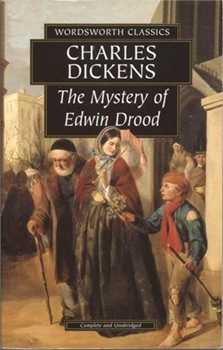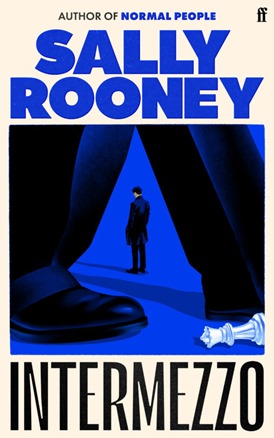Description
Librarian's note: There is an Alternate Cover Edition for this edition of this bookhere.With an Introduction and Notes by Karl Ashley Smith, University of St Andrews.Illustrations by Hablot K. Browne (Phiz).Mr Dombey is a man obsessed with his firm. His son is groomed from birth to take his place within it, despite his visionary eccentricity and declining health. But Dombey also has a daughter, whose unfailing love for her father goes unreturned. 'Girls' said Mr Dombey, 'have nothing to do with Dombey and Son'.When Walter Gay, a young clerk in her father's office, rescues her from a bewildering experience in the streets of London, his unforgettable friends believe he is well on his way to receiving her hand in marriage and inheriting the company. It is to be a very different type of story.Dombey and Sonmoved grown men to tears (Thackeray despaired of 'writing against such power as this'), but its rich, comic characters and their joyful explosions of language draw laughter with equally unerring magic.
About the Author
Charles Dickens was born on February 7, 1812, in Portsmouth, England,where his father was a naval pay clerk. He received some education at a small private school but this was curtailed when his father s fortunes declined. More significant was his childhood reading, which he evoked in a memory of his father s library: From that blessed little room, Roderick Random, Peregrine Pickle, Humphrey Clinker, Tom Jones, The Vicar of Wakefield, Don Quixote, Gil Blas and Robinson Crusoe came out, a glorious host, to keep me company. They kept alive my fancy, and my hope of something beyond that place and time. When Dickens was ten the family moved to Camden Town, and this proved the beginning of a long, difficult period. When he had just turned twelve Dickens was sent to work for a manufacturer of boot blacking, where for the better part of a year he labored for ten hours a day, an unhappy experience that instilled him with a sense of having been abandoned by his family. Around the same time Dickens s father was jailed for debt in the Marshalsea Prison, where he remained for fourteen weeks. After some additional schooling, Dickens worked as a clerk in a law office and taught himself shorthand; this qualified him to begin working in 1831 as a reporter in the House of Commons, where he was known for the speed with which he took down speeches. By 1833 Dickens was publishing humorous sketches of London life in the Monthly Magazine, which were collected in book form as Sketches by Boz (1836). These were followed by the publication in instalments of the comic adventures that became The Posthumous Papers of the Pickwick Club (1837), whose unprecedented popularity made the twenty-five-year-old author a national figure. In 1836 he married Catherine Hogarth, who would bear him ten children over a period of fifteen years. Dickens characteristically wrote his novels for serial publication, and was himself the editor of many of the periodicals in which they appeared. Among his close associates were his future biographer John Forster and the younger Wilkie Collins, with whom he collaborated on fictional and dramatic works. In rapid succession he published Oliver Twist (1838), Nicholas Nickleby (1839), The Old Curiosity Shop (1841), and Barnaby Rudge (1841), sometimes working on several novels simultaneously. The appearance of A Christmas Carol in 1843 sealed his position as the most widely popular writer of his time; it became an annual tradition for him to write a story for the season. He continued to produce novels at only a slightly diminished rate, publishing Dombey and Son in 1848 and David Copperfield in 1850, his personal favorite among his books. From this point on his novels tended to be more elaborately constructed and harsher and less buoyant in tone than his earlier works. These late novels include Bleak House (1853), Hard Times (1854), Little Dorrit (1857), A Tale of Two Cities (1859), and Great Expectations (1861). Our Mutual Friend, published in 1865, was his last completed novel, and perhaps the most somber and savage of them all. Dickens had separated from his wife in 1858. He had become involved a year earlier with a young actress named Ellen Ternan and the ensuing scandal had alienated him from many of his former associates and admirers. He was weakened by years of overwork and by a near-fatal railroad disaster during the writing of Our Mutual Friend. Nevertheless he embarked on a series of public readings, including a return visit to America in 1867, which further eroded his health. A final work, The Mystery of Edwin Drood, a crime novel much influenced by Wilkie Collins, was left unfinished upon his death on June 9,1870, at the age of 58.























